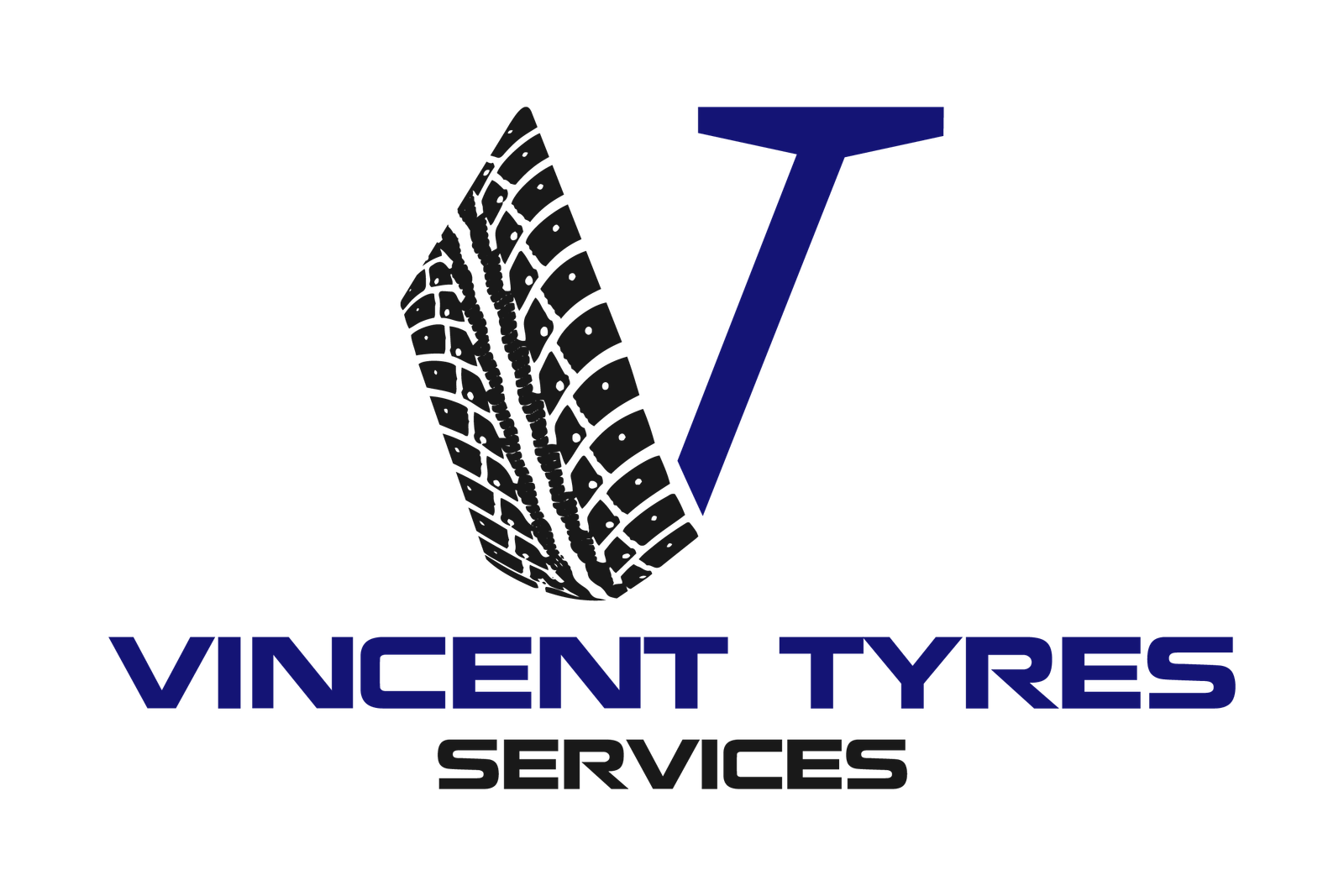Visual Guide: What Does a Bad Rotor Look Like? Symptoms, Causes, and Prevention
Introduction
Rotors are critical components of a vehicle’s braking system, but they can deteriorate over time, leading to various issues. This visual guide explores the signs, causes, and preventive measures associated with bad rotors.
Understanding Rotor Issues
Common Rotor Problems
Rotors can experience various issues, including warping, cracking, and uneven wear. Understanding these common problems is essential for timely diagnosis and repair.
Impact on Vehicle Performance
A bad rotor can compromise braking efficiency, resulting in longer stopping distances, brake pedal pulsation, and reduced vehicle control. Addressing rotor issues promptly is crucial for maintaining safety on the road.
Identifying a Bad Rotor
Visual Inspection
A visual inspection is the first step in identifying a bad rotor. Look for signs of uneven wear, scoring, or visible damage on the rotor surface. These visual cues indicate potential rotor issues that require attention.
Symptoms and Signs
Symptoms of a bad rotor include vibrations or pulsations in the brake pedal, squealing or grinding noises during braking, and uneven braking performance. Paying attention to these signs can help diagnose rotor problems early.
Causes of Rotor Damage
Factors Contributing to Rotor Wear
Rotor wear can result from factors such as aggressive driving, heavy braking, and environmental conditions. High temperatures and friction generated during braking accelerate rotor deterioration over time.
Effects of Heat and Friction
Excessive heat and friction cause metal fatigue and deformation in rotors, leading to warping, cracking, and wear. Avoiding heavy braking and allowing sufficient cooling time between braking intervals can help mitigate rotor damage.
DIY Rotor Assessment
Step-by-Step Visual Guide
Performing a DIY rotor assessment involves inspecting the rotor surface for abnormalities, measuring rotor thickness, and checking for lateral runout. Basic tools such as a dial indicator and micrometer are useful for accurate measurements.
Using Basic Tools for Inspection
Using basic tools such as a flashlight and caliper can aid in rotor inspection. Look for signs of discoloration, grooves, or rough spots on the rotor surface, indicating wear or damage.
Rotor Replacement Guide
When to Replace Rotors
Rotors should be replaced if they exceed the manufacturer’s recommended minimum thickness or exhibit severe damage or wear. Regular brake inspections and maintenance help identify when rotor replacement is necessary.
Choosing Quality Replacement Parts
When replacing rotors, opt for high-quality, OEM-equivalent parts to ensure compatibility and performance. Quality rotors resist wear and deformation, providing reliable braking performance and longevity.
Tips for Rotor Maintenance
Preventive Measures
Routine brake maintenance, including pad and rotor inspections, brake fluid flushes, and proper bedding-in procedures, can help prevent rotor issues. Following manufacturer recommendations for brake service intervals is essential for optimal performance.
Extending Rotor Lifespan
Avoiding aggressive driving habits, excessive braking, and driving in harsh conditions can extend rotor lifespan. Maintaining proper brake system hygiene and using quality brake components contribute to rotor longevity.
FAQs on Rotor Issues
What are the signs of a bad rotor?
How often should rotors be replaced?
Can warped rotors be resurfaced?
What causes rotors to warp?
How can I prevent rotor damage?
Are OEM replacement parts necessary for rotors?
Conclusion
Recognizing the signs and causes of bad rotors is essential for maintaining vehicle safety and performance. By following this visual guide and implementing preventive measures, drivers can ensure optimal braking efficiency and prolong rotor lifespan.
“At Vincent Tyres Services, we prioritize your safety and satisfaction above all else. Our skilled technicians are equipped with the latest tools and expertise to diagnose any issues with your rotors and provide efficient solutions. Trust us to keep your vehicle performing at its best – contact us today for reliable and professional service you can count on.”


